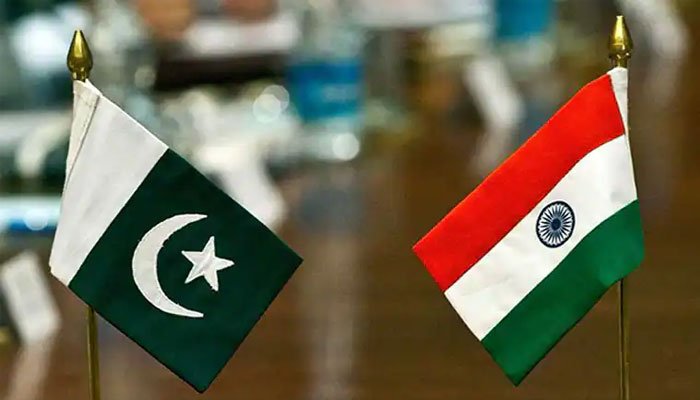The Hidden Truth Behind the Pakistan-India Ceasefire.

By Ghulam Haider Shaikh
Ceasefires between nuclear-armed neighbors Pakistan and India are often presented as peace-building gestures, but beneath the surface lies a complex web of geopolitical maneuvering, strategic compulsion, and international diplomacy. Far from being genuine steps toward lasting peace, these temporary halts in hostilities are usually driven by hidden agendas and pressure from global powers. This article explores the undercurrents behind such ceasefires and reveals how realpolitik, not reconciliation, drives decisions in South Asia.
Every time tensions flare between Pakistan and India, the immediate response from the international community is one of urgent mediation. The United States, China, and Russia often step in—either directly or through backdoor channels—to push both countries toward de-escalation. These superpowers are less concerned with human rights or regional harmony and more interested in maintaining the status quo to protect their strategic interests, arms trade, and regional influence.
For example, during the post-Pulwama crisis in 2019, the Trump administration worked quietly to prevent the situation from spiraling into full-scale war. However, while India’s aggressive posture was diplomatically shielded, Pakistan was diplomatically restrained under the banner of “global responsibility.”
Despite their hostile rhetoric, both Pakistan and India recognize that war is an economic liability. For India, a booming economy and massive foreign investments require regional stability. Any sustained military conflict would spook international investors and damage India’s global image as a growing superpower.
Pakistan, battling economic challenges and IMF engagements, also sees war as a distraction and a potential financial disaster. Ceasefires offer both countries a chance to redirect resources toward domestic stability and development—even if the peace is only superficial.
Military planners on both sides are acutely aware that modern warfare, especially between two nuclear-armed states, is no longer about traditional victories. Any conflict can quickly escalate beyond control. The 2019 aerial dogfight, which resulted in the capture and release of Indian pilot Abhinandan Varthaman, was a turning point. Pakistan’s calculated response not only defused tensions but also exposed India’s vulnerability, forcing it to accept backchannel negotiations and eventual de-escalation.
Ceasefires are often used to serve internal political goals. Indian governments, especially under BJP rule, have frequently used cross-border skirmishes to stir nationalist sentiments before elections. Once political objectives are achieved, a ceasefire becomes a convenient off-ramp. In Pakistan, calls for unity and stability are amplified after such escalations to counter economic and political criticism.
Indian media often portrays ceasefires as diplomatic or military “victories” over Pakistan, creating a false narrative of domination. In reality, these decisions are often mutual or even forced upon both sides through foreign mediation. Meanwhile, Pakistan’s approach remains cautious, rarely indulging in triumphalism but focusing instead on responsible diplomacy.
Perhaps the most sinister reality behind many ceasefire announcements is their use as a smokescreen to divert attention from Indian atrocities in Kashmir. At times when international scrutiny intensifies over human rights violations in the region, India stokes tensions or engages in brief skirmishes, only to call for a ceasefire later. This tactic shifts global headlines from Kashmir to “South Asian stability,” effectively silencing genuine concerns.
Ceasefires are rarely the result of goodwill or trust between Islamabad and New Delhi. Instead, they are brokered through secret talks held in neutral countries like the UAE or Saudi Arabia. These engagements are often informal, facilitated by intelligence agencies rather than diplomats. While these talks can prevent immediate disaster, they do little to address core issues like Kashmir or the ideological gulf between the two nations.
While ceasefires may offer temporary relief, they do not resolve the foundational conflicts between Pakistan and India. Real peace requires justice—particularly for the people of Kashmir. Until then, ceasefires will remain fragile arrangements, masking deeper animosities and manipulated to serve short-term agendas.
Understanding the hidden dynamics behind these ceasefires is crucial for global observers, analysts, and policymakers. Without this insight, we risk mistaking silence for stability and propaganda for progress.





